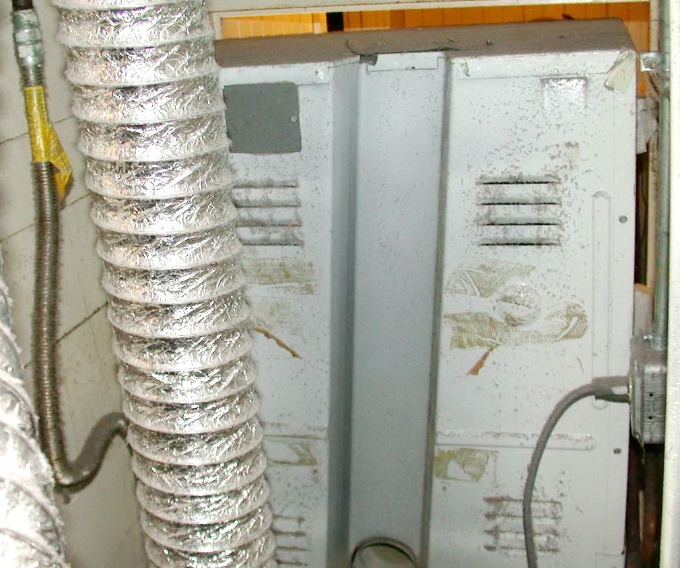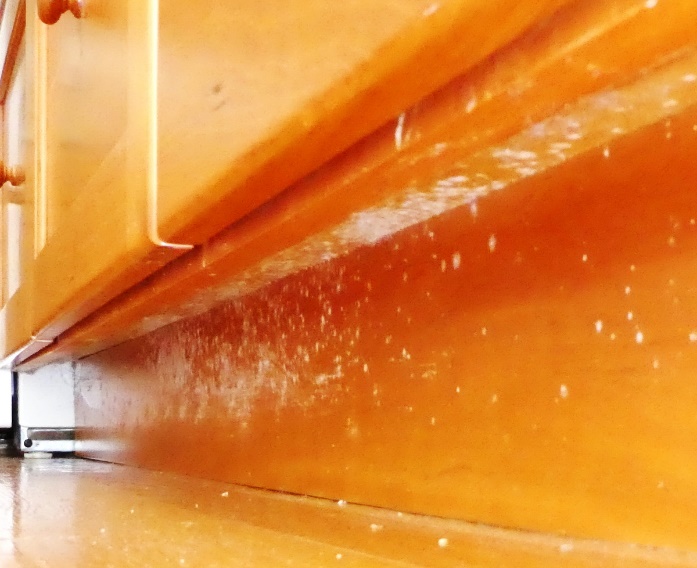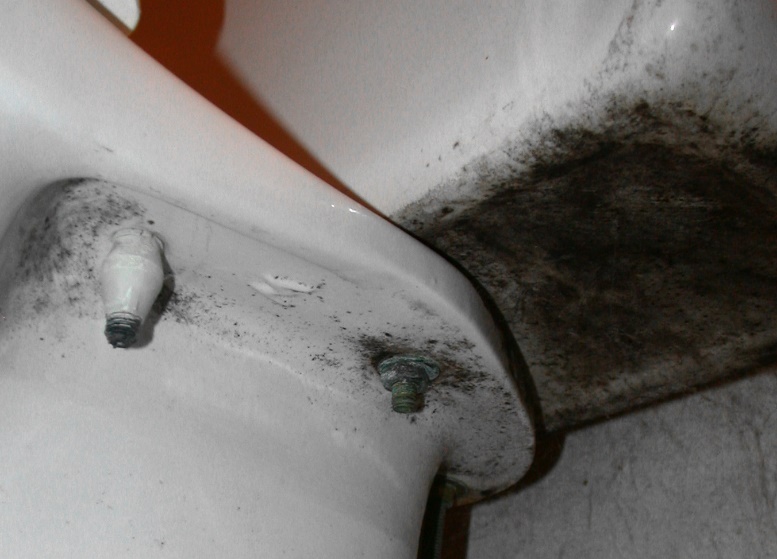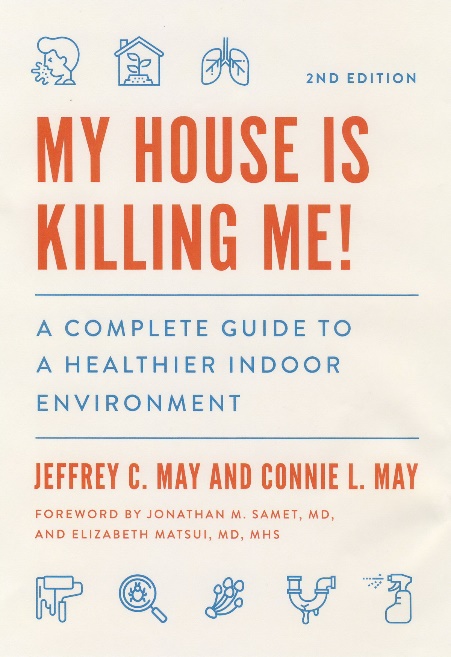Homeowner Newsletter: Fall 2020
©2020 Jeffrey C. May
It’s always important to identify sources of allergens that may be in a house, but it’s particularly relevant during a pandemic, when so many of us are spending extended periods of time at home.
Some sources of indoor allergens are well known, such as:
- Mattresses and bed pillows infested with dust mites (which produce allergenic fecal matter)
- Carpeting that contains pet-dander particles (if you have pet allergies)
- Moldy basements.
Other sources of allergens are just as common but not as widely recognized. Below are a few examples:
Dog beds can become infested with dust mites and their allergens. Then your beloved pet’s fur is exposed to the allergens, and you will be too when you cuddle the dog or if you allow the dog to sleep on your bed. Use a folded blanket as a dog bed instead of the usual thick dog bed that can’t be cleaned well. Wash the blanket at least three or four times a year, and be sure it is completely dry afterwards (if it remains damp, mold can take root). In between washings, the blanket can be put in a dryer for ten minutes or so on medium heat. This will kill dust mites and denature many allergens.
Fish are often the pets of choice when children are allergic to dogs and cats. Unfortunately, dust mites can colonize a fish-tank cover, where there is plenty of warm moist air and plenty of mite food in the form of protein-rich fish flakes that are often spilled on the cover. Don’t put a fish tank in your allergic child’s bedroom. Wherever your fish tank is located, always keep the cover and tank rim free of dust and fish food.
Feather fragments can be irritating to breathe and can contain microscopic bird-bloom particles, exposure to which is a recognized cause of the serious respiratory illness hypersensitivity pneumonitis (HP), also known as “duvet lung” if the HP is caused by a quilt or pillow. Dust mites also can inhabit oft-used, down-filled goods. So I don’t recommend that people with allergies or asthma use feather-filled goods (or have pet birds for that matter).
Jar candles produce a lot of soot particles that can stain walls and ceilings. And the particles are small enough to remain permanently suspended in air and to be inhaled deep into the lung, so I discourage people from burning such candles. The Centers for Disease Control and Prevention (CDC) defines soot particles as potential “particle pollution” and states that “Particle pollution can affect anyone, but it bothers some people more than others. People most likely to experience health effects caused by particle pollution include:
- People with heart or lung diseases (for example, asthma)
- Older adults
- Babies and children”1
Laundry areas can be sources of allergens and irritants. Always vent your dryer to the exterior rather than into a basement or crawl space; otherwise, laundry-detergent chemicals as well as an enormous amount of moisture can flow up into habitable rooms in your home. Laundry chemicals can be irritating to some people, and moisture can lead to mold growth. Check behind the dryer on a regular basis to be sure that the dryer hose is intact. If you see a lot of lint behind your dryer, the hose may need to be replaced.

Front-loading washing machines are prone to developing musty odors. Clean the outer and inner surfaces of the door gasket on a regular basis; you can use a dilute bleach solution (one part bleach to 18 parts water) or any suitable cleaning agent. Leave the door and laundry-detergent drawer open between loads.
Refrigerator drip trays can contain microbial growth (mold, bacteria, yeast). Then when the refrigerator is running, it creates airflows that can spread allergenic byproducts of such growth. If the tray is accessible at the front of the appliance, remove the tray for cleaning. If it is behind a panel in back, the tray will probably have to be cleaned in place. Don’t forget to clean the coils, if accessible.
Kitchen cabinet kick spaces collect dust and when dampened by floor mopping or spilled foods, mold growth can ensue. Clean such spaces on a regular basis.

A bathroom is another room with water, and where there is water, there can be mold growth. Even in sparklingly clean bathrooms I’ve found mold growth on the bottom of toilet tanks because moisture condenses on the cold tanks and mold can then grow on collected dust. One way to prevent this problem is to have warm water pumped into the tank. A much easier way to prevent the problem is to clean the bottom of the tank on a regular basis.

Sink overflows can develop strong musty smells due to mold and bacterial growth. If your sink overflow looks black, there’s probably microbial growth present. You can clean out this space with an old toothbrush or a Q-tip and any suitable cleaning agent (though a dilute bleach solution is probably most effective). I worked with one client whose half bath had such a strong mold odor that he was embarrassed to have guests go into that bathroom. He cleaned out the sink overflow and voila! The odor was gone.
Sink cabinets in kitchens and bathrooms can become moldy if pipes are leaking or water is flowing down spaces behind the sink or between the counter and backsplash. Don’t stuff so many goods beneath your kitchen and bathroom sink cabinet that you won’t be able to see whether pipes are leaking or mold growth is present. And if you keep goods in plastic bins, it will be easier to remove them so you can inspect the inside of the cabinet.
Perhaps you already know about these potential sources of allergens, contaminants, and irritants. Perhaps you are surprised to learn about them. But taking some simple steps to remove such sources will improve the air quality in your home and protect your health as well as the health of others in your household.
- “Particle Pollution,” Centers for Disease Control and Prevention, last updated September 4, 2019. https://www.cdc.gov/air/particulate_matter.html.

Our new book My House is Killing Me! A Complete Guide to a Healthier Indoor Environment (Edition 2) will be available in December (published by Johns Hopkins University Press and available on-line).
